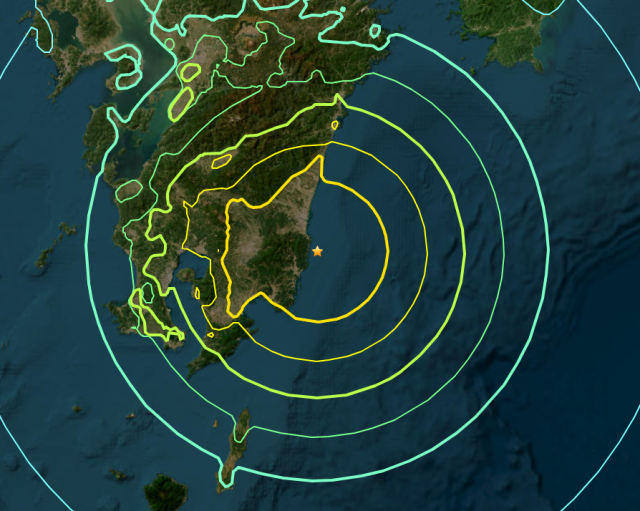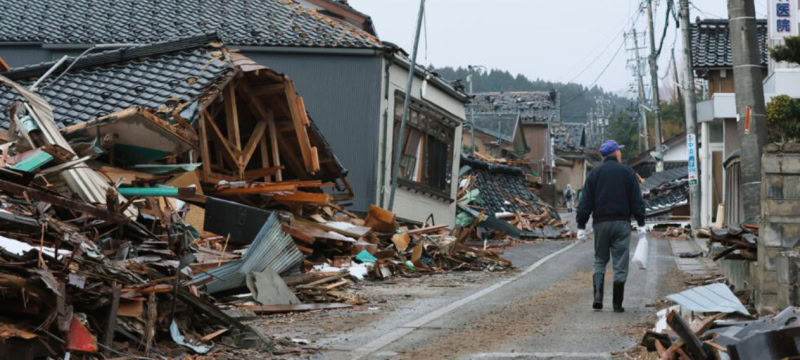For the first time, Japan has issued a warning about an increased risk of a “major earthquake” occurring soon. Announced on Thursday night, the advisory urges people to remain alert but not to evacuate. It clarifies that the warning does not indicate an imminent large earthquake, but that the likelihood is higher than usual.
This alert followed a 7.1 magnitude quake off Kyushu’s southern island, which caused no significant damage. Experts are on heightened alert due to the quake’s epicenter near the Nankai Trough, a seismically active area along Japan’s Pacific coast.
Read more: Japan Struck by Two Powerful Earthquakes
The plate boundary runs between Suruga Bay in central Japan and the Hyuganada Sea in Kyushu to the south. Past earthquakes along the Nankai Trough have resulted in thousands of deaths.

These megaquakes occur approximately every 90 to 200 years, with the last one in 1946. Experts estimate a 70% to 80% chance of a magnitude 8 or 9 quake along the trough within the next 30 years, with worst-case scenarios predicting over 200,000 deaths and potential tsunamis.
Japanese Meteorological Agency official Shinya Tsukada clarified that while the risk of a major quake is higher than usual, it does not indicate certainty within a specific timeframe.
The current advisory, the lower of two alert levels, will last for a week. Residents are advised to stay alert, consider voluntary evacuation if possible, and continue with their daily lives while checking evacuation routes and ensuring sufficient supplies.









